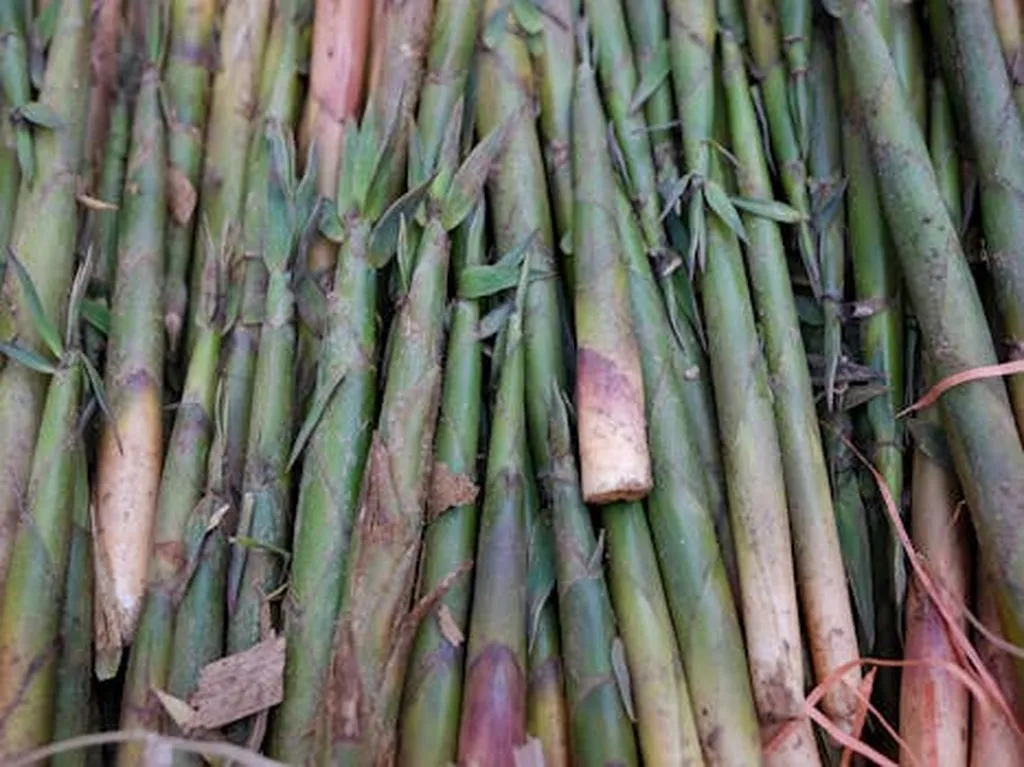In the ever-evolving landscape of agricultural innovation, a new player has emerged from an unexpected quarter: dopamine. While commonly associated with the human brain’s reward system, this versatile chemical compound is now being scrutinized for its potential to revolutionize farming practices. A comprehensive review led by Wael M. Semida from the Horticulture Department at Fayoum University in Egypt, published in the journal ‘Metabolites’ (which translates to ‘Metabolites’ in English), sheds light on the multifaceted role dopamine could play in enhancing crop growth, yield, and environmental sustainability.
Dopamine’s journey from neuroscience to agriculture is rooted in its unique chemical properties and biological activities. “Dopamine exhibits remarkable antioxidant properties, which can protect plants from environmental stress and enhance their overall resilience,” explains Semida. This is a significant finding, as environmental stress—ranging from drought to extreme temperatures—poses a substantial challenge to modern agriculture, threatening crop yields and food security.
The review highlights dopamine’s potential to boost plant growth and improve crop quality. By influencing plant physiology and metabolism, dopamine could offer a natural and sustainable solution to some of the most pressing issues in agriculture. For instance, it could help mitigate the impacts of climate change on crops, a critical concern for farmers worldwide.
Moreover, dopamine’s antioxidant properties could play a pivotal role in crop protection. By bolstering plants’ defenses against pests and diseases, dopamine could reduce the need for chemical pesticides, promoting more sustainable and eco-friendly farming practices. This is a significant step towards addressing the growing consumer demand for organic and sustainably produced food.
The commercial implications for the agricultural sector are substantial. If dopamine’s potential can be harnessed effectively, it could lead to increased crop yields, improved product quality, and enhanced environmental sustainability. This could translate into higher profits for farmers, lower food prices for consumers, and a reduced environmental footprint for the agricultural industry.
Looking ahead, the review identifies several areas of innovation that could shape the future of dopamine in agriculture. These include developing dopamine-based plant growth regulators, exploring its role in post-harvest preservation, and investigating its potential in biofortification—enhancing the nutritional value of crops.
As Semida notes, “The prospects of dopamine in agriculture are vast and promising. It offers a natural, sustainable tool to address some of the most pressing challenges in modern agriculture.” With further research and innovation, dopamine could indeed become a game-changer in the agricultural sector, paving the way for more resilient, productive, and sustainable farming systems.
In the quest for innovative solutions to the challenges of modern agriculture, dopamine has emerged as a promising candidate. Its potential to enhance crop growth, improve yield and quality, and promote environmental sustainability makes it a valuable tool for researchers, practitioners, and policymakers alike. As we look to the future, dopamine could well become a cornerstone of sustainable and resilient farming practices, shaping the agricultural landscape for generations to come.

